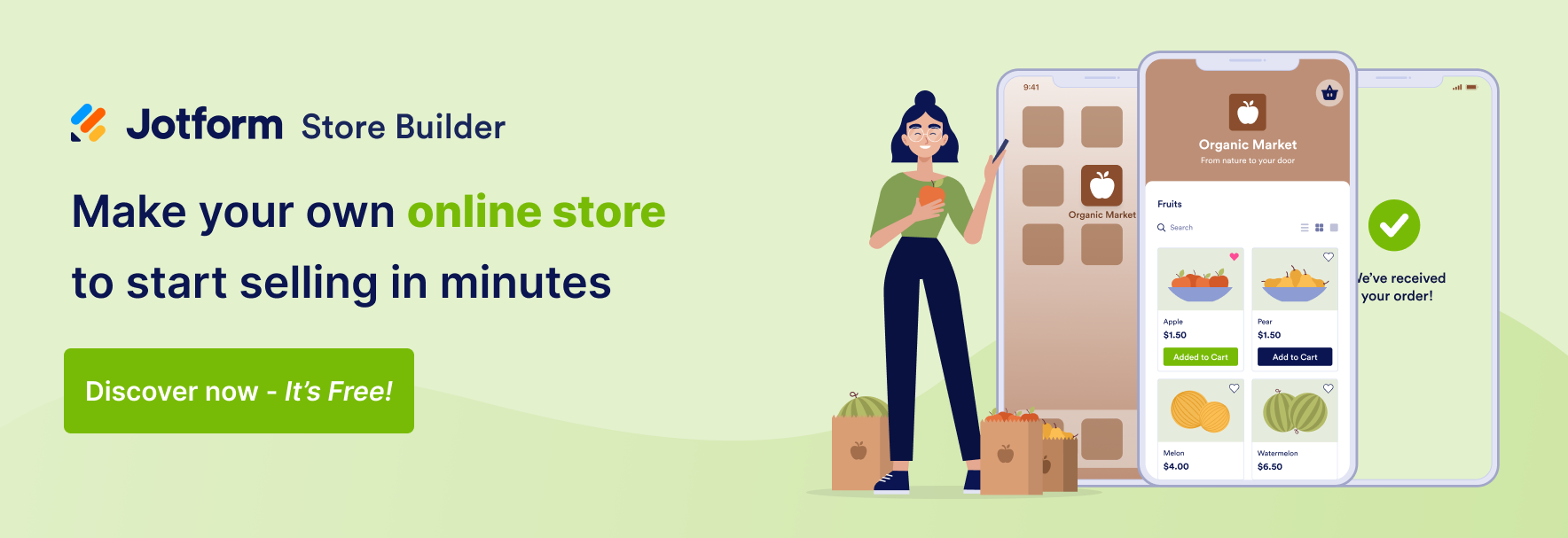In-person sales limit you to the number of people you can meet face to face. If you want to expand your reach — and boost your profits — then it might be time to switch to a digital platform for remote selling.
Are you used to in-person, high-touch interactions with your customers? Because of COVID-19, those techniques are no longer viable. Social distancing requirements are not only pushing large businesses to evolve, but also entrepreneurs and solo sales reps.
The transition to remote selling can be rough. But even though the approach is different, don’t underestimate the power of tapping into the internet for leads. As you learn about the pros and cons of a digital sales approach, you can build a system that keeps your business moving forward.
Overcoming the gap when selling online
The biggest challenge in an online sales setting is limited touchpoints to communicate what you would share in an in-person meeting. Since your target buyer is consuming less information, you have to focus on quality. Plus, you lose nonverbal communication — such as body language and tone of voice — when you’re online.
Remote selling can be effective, but you need to be more creative in the way you engage with prospects and customers.
7 tips for transitioning from in-person to remote selling
What’s your plan for upgrading your sales approach and connecting with potential customers? Here are a few tips that can help you leverage your sales skills when you pitch your products online.
- Use video calls. If you can’t meet a customer in person, video calls are the next best thing. Reading a person’s facial expressions can help you gauge the effectiveness of this interaction, giving you feedback so you can adjust your approach if needed. Digital conferencing is becoming increasingly popular because of the pandemic, which means that more people are willing to interact over video platforms. Even if you talk over video for just the first meeting, it sets the tone for the rest of your conversations.
- Build trust. There’s a higher chance a customer will move forward with the purchase if they feel they can trust the salesperson and the company. A recent Zoom study shows that video increases trust by 82 percent. Look for ways you can build familiarity over time. If a customer doesn’t buy right away, you can continue strengthening trust through other interactions — such as email, social media, and phone calls.
- Infuse your interactions with personality. Be yourself and take time to build a personal connection when talking to a customer online. Just because you can’t sit down together over coffee doesn’t mean there isn’t any room for small talk. Make it a priority to start the conversation with light topics; it will set the tone so you can move into the sales pitch when the time is right. Be energetic to put your customer at ease, and you might find that they look forward to meeting with you again!
- Prepare your content. In the same way you prepare your sales pitch before meeting someone in person, it’s critical to be ready with your target talking points during a digital interaction. Break your preparation into categories — such as information you need to convey during the sale when overcoming objections and when asking for a referral. You’ll find that the conversation flows easily when you have good content.
- Invest in equipment. Not only does selling online impact the user experience, but you also need to be proactive about using the right hardware. For best results, use a wired headset since Bluetooth can be unreliable. A hard-wired internet connection and newer model laptop or smartphone can be a great combination to reduce the risk of a lost connection during the conversation.
- Consider the user experience. Every step in the sales cycle is a point where your prospect might opt out. If you’re going to complete the transaction, you need to make things as easy as possible for your customers. Consider how you’re supporting the customer experience in the smallest ways, including scheduling appointments, reviewing proposals, signing contracts, sending payment, and receiving their products and services. Choosing the right digital tools is an investment in your business that helps to streamline your overall system.
- Simplify with forms. Using online forms can make the sales process easier. Technology can streamline your system, reduce busywork, and optimize the user experience. These automated systems are effective in gathering information from prospects and current clients. For example, Jotform offers form templates that simplify remote selling — such as anegotiation sales form, a pre-sales questionnaire form, and a daily sales report.
If you’re looking for other ways to make the sales process easier, Jotform is here to help. We simplify remote selling through premade and custom forms. Use our templates for sales order forms, or design your form from scratch if you need to collect customized information from your prospects.













































Send Comment: